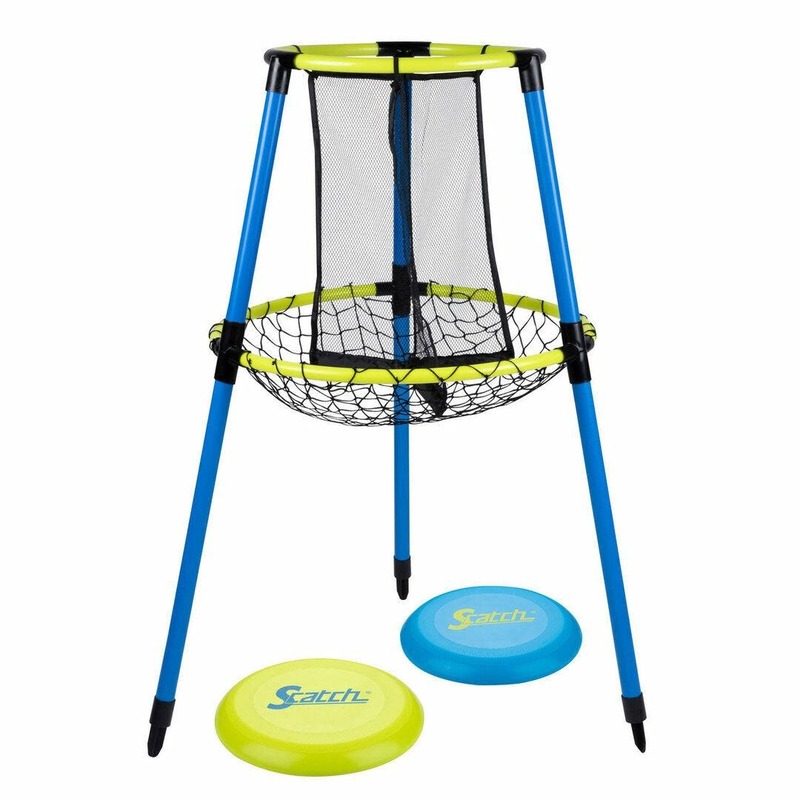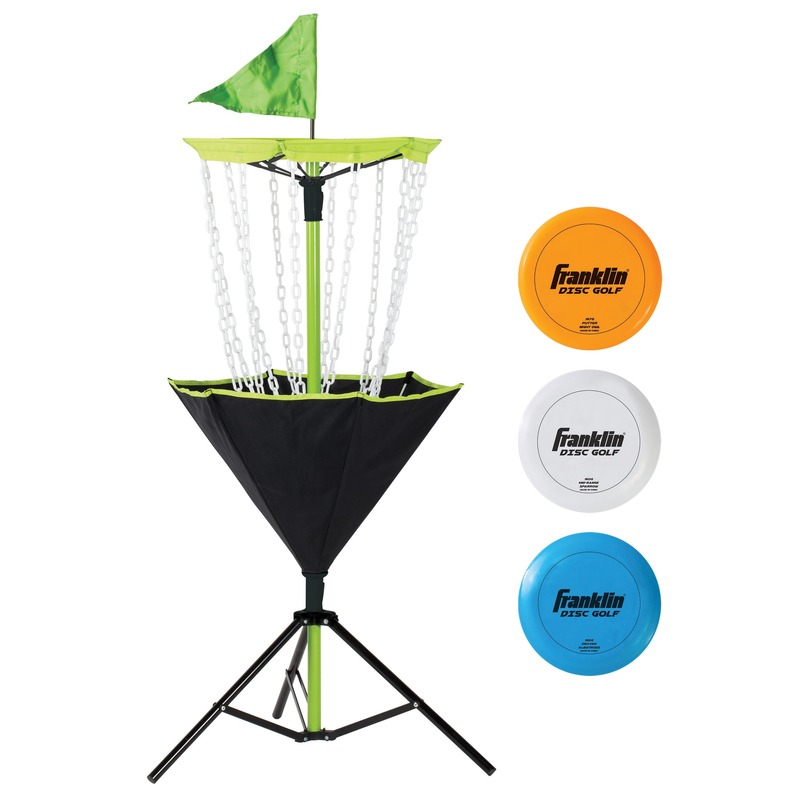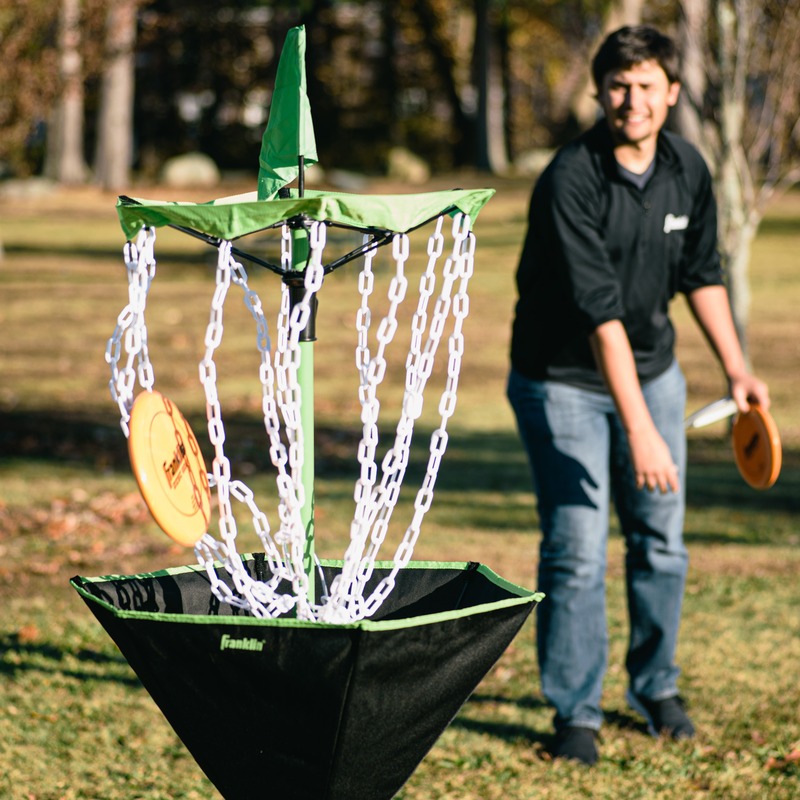Introduction to Frisbee Golf
Frisbee golf, also known as disc golf, is a flying disc sport. It merges the fun of traditional golf with frisbees. To play, participants throw a disc toward a target. The game follows the basic principles of golf, aiming for the least number of throws.
The Basics of the Game
The game starts at a tee area. Players take turns throwing their disc toward a basket or target. The goal is to land the disc in the basket with the fewest throws. After each throw, the player throws again from where the disc lands. Varied terrain can make this challenging. Discs may land in trees, water hazards, or rough terrain, adding complexity.
History and Popularity of Frisbee Golf
What is frisbee golf in the context of history? The sport began in the 1960s. However, it gained popularity over the last few decades. Today, thousands play the game across the globe. Courses now exist in over 40 countries. The sport’s popularity has soared due to its low cost and accessibility.
Essential Equipment for Frisbee Golf
To excel in frisbee golf, having the right equipment is crucial. Your selection can affect your performance. Knowing what equipment you need prepares you for the game.
Choosing the Right Discs
Picking the perfect disc is pivotal. Discs come in different types for driving, mid-range, and putting. Drivers are for long distances and require speed. Mid-range discs ensure accuracy on shorter throws. Putters are for gentle tosses into the basket. The weight and shape of the disc also matter. Heavier discs perform better in windy conditions, whereas lighter ones might offer more control. Test different discs to find what suits your style and strength.
Additional Gear and Accessories
Beyond discs, consider other gear. A durable bag keeps your discs organized. Water-resistant shoes help navigate various terrains. Gloves can improve grip, especially in wet or cold weather. A towel is handy for drying discs. A mini marker disc marks your throw spot after each toss. Remember, some accessories are optional but can enhance your playing experience. Choose additions that match your level and playing frequency.

The Rules of Frisbee Golf
Understanding the rules of frisbee golf is vital for players. These guidelines ensure fair and enjoyable play for everyone involved. Let us delve into the step-by-step guide on how to play and the intricacies of scoring and etiquette in the game.
How to Play: Step-by-Step Guide
Frisbee golf is easy to begin but mastering it takes practice. Here’s a simplified step-by-step rundown:
- Start at the tee area and aim for the basket.
- Each player takes a turn tossing the disc.
- Throw from where your disc lands until it reaches the basket.
- The number of throws it takes to sink the disc is your score for that hole.
- Move on to the next hole and repeat the process.
- The player with the lowest total score at the end wins.
Remember, the aim is to complete the course with the fewest throws possible.
Scoring and Etiquette
Scoring in frisbee golf is straightforward – fewer throws mean better performance. Here is how to keep track:
- Count each throw for each hole.
- Sum up your throws for the final score.
- Lowest score wins the game.
As for etiquette, respect is paramount. Keep these points in mind:
- Wait for your turn to throw.
- Do not disturb players as they take their shot.
- Be mindful of the course and other players.
- Leave the course as clean as you found it.
Understanding and following these rules and courtesies will help ensure a friendly and respectful environment for all players.
Techniques and Throwing Styles
Improving your techniques and mastering different throwing styles can significantly affect your frisbee golf game. Let’s explore the essentials of grip and stance, followed by the common throws you’ll need to navigate the course.
Grip and Stance
A proper grip and stance lay the foundation for a successful throw in frisbee golf. Focus on these basics:
- Hold the disc with a firm grip, adjusting your fingers for control and power.
- Your thumb should rest on top of the disc, adding pressure.
- Stand with your feet shoulder-width apart for stability.
- Align your shoulders with your target, ensuring accuracy.
- Bend your knees slightly to engage your legs in the throw.
Consistency in your grip and stance will improve both your comfort and throwing accuracy over time.
Common Throws in Frisbee Golf
Several throws are essential in frisbee golf, each serving a different purpose on the course:
- The backhand throw is powerful, ideal for long distances.
- Use the forehand throw for precise shots around obstacles.
- An overhand throw, like the thumber or tomahawk, can clear trees.
- A hyzer shot curves left, while an anhyzer curves right, for right-handed players.
Experiment with these throws to find which work best for you in various situations. When you understand what is frisbee golf truly entails, you’ll see the throw types are as important as the disc selection itself. Mastering them is key to navigating the course strategically and reducing your score.

Navigating a frisbee golf course requires strategy and a deep understanding of the layout. Just like traditional golf, reading the course before you play is essential. It helps you select the appropriate discs and determine the best throwing techniques to use at each hole. Knowing the course layout can mean the difference between a standard play and an exceptional round. Before you play, walk the course if possible, or study a map to familiarize yourself with key features. Look out for sharp bends, water hazards, and elevation changes that could affect your throws. Take note of the distances too; this helps in planning the type of throw and disc you might need.
Reading the Course Layout
In what is frisbee golf, analyzing the course layout is pivotal. Start by considering the position of baskets. Are they straight ahead or do they require a curve? Assess the fairways. Are they narrow, requiring precision, or wide open, allowing a more powerful throw? Check for any mandatories that dictate specific flight paths. Look for the safest path to the basket. Sometimes, the safest route, not the shortest, leads to fewer throws. Keep in mind that every course has its unique challenges that you’ll learn to navigate over time.
Adjusting to Weather and Terrain
Frisbee golf isn’t just played on sunny days. You’ll encounter varying weather conditions like wind, rain, and even snow. Each of these conditions can affect disc flight. In windy conditions, use heavier discs to maintain stability. On wet days, a disc with better grip and water-resistant gear becomes essential. Snow calls for brighter colored discs that are easy to locate. Terrain also plays a role in how you approach each hole. Hilly landscapes may require more power or a higher angle of release. When playing on uneven terrain, pay attention to your footing to maintain balance during your throw. Learning to adjust your strategies for different weather and terrain is what makes frisbee golf a diverse and exciting sport.
Practice Drills and Exercises
To improve your frisbee golf skills, regular practice is key. Drills and exercises help to refine throwing techniques and build muscle memory. Here, we’ll explore solo and group routines that will elevate your game.
Solo Practice Routines
Solo practice allows you to focus on individual skills without the distractions of a game setting.
- Work on your grip and release with repetitive throws.
- Aim at specific targets to improve accuracy.
- Practice different throws to adapt to all course situations.
- Utilize a field to work on distance control and power.
- Simulate challenging course conditions, like uneven ground or obstacles.
Consistent solo practice routines help identify areas for improvement and enhance your overall game strategy.
Group Training Activities
Practicing with others adds the benefit of learning from shared experiences.
- Engage in putting games to add a competitive edge to your practice.
- Partake in accuracy challenges, such as hitting marked trees or poles.
- Rotate throwing styles with each turn to master various techniques.
- Organize a mini tournament to simulate real-game pressure.
Group activities not only strengthen your skills but also foster community spirit and sportsmanship among players. Whether you practice alone or with friends, the aim is to grow progressively in what frisbee golf has to offer.
Advancing Your Game
To raise your frisbee golfing to new heights, consider competitive and community aspects.
Participating in Tournaments
Tournaments are a robust test of your frisbee golf skills and strategies. They offer an epic arena to compete and learn from seasoned players. Here’s how to venture into tournaments:
- Register for local and regional competitions that suit your skill level.
- Train with specific goals in mind to prepare for the challenges ahead.
- Arrive early to practice on the course and adapt to its conditions.
- Keep a cool head and focus, tournaments can offer high-pressure situations.
Participating in tournaments not only intensifies your game but also builds resilient sportsmanship.
Joining Frisbee Golf Communities
Community is the heart of what is frisbee golf. Joining a frisbee golf community brings valuable benefits:
- Connect with players who share your passion for the game.
- Learn new techniques and discover local courses through community insights.
- Take part in leagues and club events for regular, organized play.
- Give and receive advice on equipment and playing strategies.
Locating a community is easy, look for clubs near you or join online forums and social media groups. Nurture your love for the game by engaging with fellow enthusiasts.

Conclusion
As we wrap up our journey through the ins and outs of frisbee golf, let’s quickly recap the essential tips and strategies that can help elevate your game.
Recap of Tips and Strategies
In understanding what is frisbee golf, we’ve looked at the basic rules, equipment, and playing techniques needed to thrive in the game. Remember to:
- Select the right discs for driving, mid-range shots, and putting.
- Master the grip and stance for better control and precision.
- Familiarize yourself with the course layout to strategize your play.
- Practice throwing styles like the backhand, forehand, and overhand throws.
- Adjust your game to handle various weather conditions and terrains.
- Engage in solo drills and group activities to sharpen your skills.
- Seek community support, participate in tournaments, and never stop learning.
Encouragement for Continuous Improvement
Your dedication to improvement defines what is frisbee golf for you. Keep pushing your limits, enjoy every throw, and cherish the growth along your disc golf journey. Get out there, connect with fellow players, and most importantly, have fun mastering the flying disc.
The course is calling, and your next game awaits. May your throws be true and your spirits high. Here’s to acing frisbee golf!
